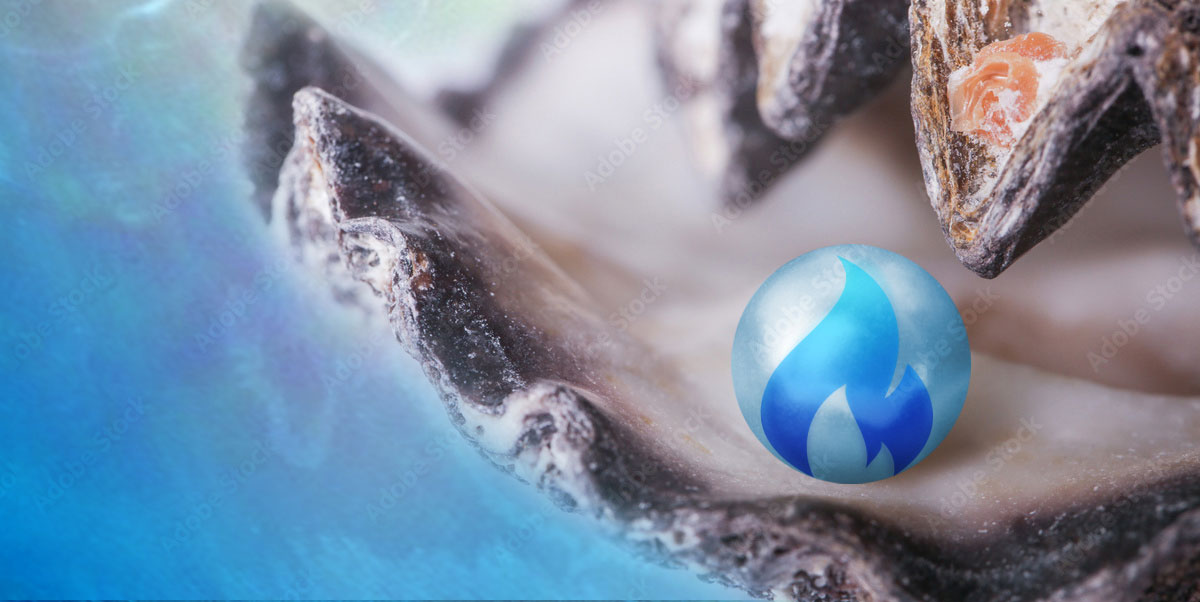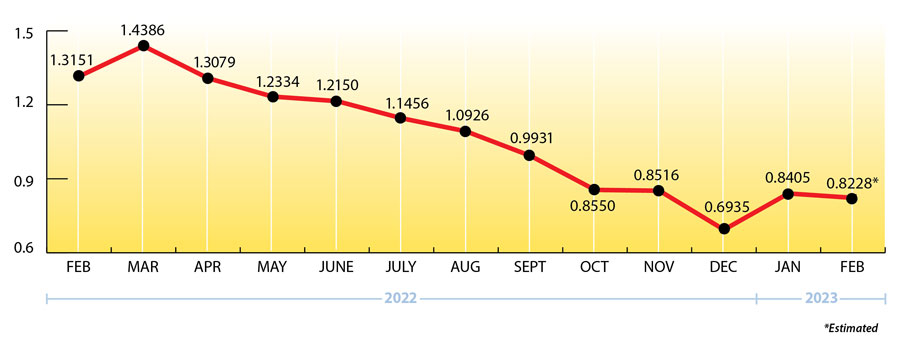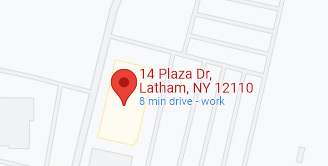The Pearl In The Oyster

In America, we call it propane. It’s the pearl in the oyster of reliable energy choices. But in many parts of the world, they call it LPG or Autogas when used for vehicles.
CliffsNotes.
Clifton Hillegass started CliffsNotes in Lincoln, Nebraska, in 1958.
In the spirit and brevity of CliffsNotes, I’ll share some highlights with you from the 60-page World LPG Association Annual Report.
WLPGA: Solutions for Sustainable Energy Transition.
The WLPGA brings together and advocates for over 300 companies in more than 125 countries. Its vision is to promote “the use of LPG to foster a safer, cleaner, healthier, and more prosperous world.”
About LPG.
Liquefied Petroleum Gas (LPG) can be 100% propane. It can also be a blend of propane and butane.
In cold climates, LPG is predominately propane because of its boiling point at minus 44 degrees. That’s Minnesota cold. It’s also the atmospheric temperature at which propane will turn from a liquid into a vapor.
In warmer climates, LPG can be a blend of propane and butane since normal butane has a boiling point of 31 degrees.
Some 2022 LPG stats:
- Global demand = 154 billion gallons
- Asian-Pacific region = 55% of global domestic demand
- Domestic consumption = 46% of total demand
- Global production = 161 billion gallons
- Gas processing = 64% of total LPG production
- 28.3 million autogas-powered cars in the world
Sustainable Energy.
“Today, LPG is already an essential source of low-carbon energy for billions of people across the world. Served by an agile and resilient supply chain, it can effectively contribute towards achieving low carbon targets while ensuring that no one is left behind in the global energy transition. However, government policies tend to overlook this positive local potential and immediate impact in general energy transition scenarios. Therefore, the industry must put effort and resources into mounting a coherent and comprehensive global advocacy drive.”
-- Esther Busscher, SHV Energy Director for Sustainable Development
Liquid Gas Europe, Belgium
More Women & More Youth.
More women of all ages are joining the global LPG industry. The Woman of the Year Award and Young Woman of the Year Award are given to women who have made an important contribution to the LPG industry.
This year’s Woman of the Year Award went to Elifcan Yazgan (Aygaz), Turkey, who says she had to take a step out of her comfort zone. Sound familiar?
This year’s Young Woman of the Year Award went to Stephanie Hennen (Lakes Gas), USA, who said “I’m proud to represent an industry that has a huge role in a cleaner, more sustainable future, and I’m excited to continue to be an advocate for young women in our industry.”
The future of our industry will rely on young people, and the WLPGA youth council attracts young men and women under the age of 35. It’s co-chaired by Kanu Priya Singh from Indian Oil who says “we are the voice of a generation that offers a fresh outlook” and Mike Ferrari from Suburban Propane who said that “we are laying the foundation for what will become a crucial and influential team for years to come in the LPG industry.”
What’s Happening with Propane Prices?
After a short uptick to start the month, current propane prices are back near the January monthly average. The structure of the forward months is also fairly flat with only a slight rise towards winter 2023/2024 and a slight dip towards summer 2024.
Flat markets are generally indicative of a balanced market. There’s an equilibrium between actual and projected supply and demand with no strong indicators suggesting that a move higher or lower is imminent.
Propane Price Chart

Weekly Inventory Numbers
U.S. propane inventories showed a draw of 2.57 mmbbls. for the week ending February 10, 2023, largely matching industry expectations. This brings national inventory levels to 66.29 mmbbls., about 58 percent ahead of last year and 29 percent above the 5-year average.
PADD 2 (Midwest/Conway) inventories had a healthy draw of 1.78 mmbbls. They currently stand at 17.86 mmbbls., nearly 38 percent higher than last year.
PADD 3 (Gulf Coast/Belvieu) inventories had a modest draw of .77 mmbbls. They now stand at 40.06 mmbbls., roughly 91 percent above last year.
The Skinny
Politicians around the world are doing everything they can through regulation and taxation to eliminate all fossil fuel consumption as quickly as possible, regardless of the consequences.
So whether someone in Denmark, Maine, calls it propane, and someone in Denmark calls it LPG, we’re all in this battle together. No state or country should have to take on the “electrify everything” battle alone.
As Esther Busscher said, our industry “must put effort and resources into mounting a coherent and comprehensive global advocacy drive.”
The question is, as an industry, are we satisfied with the resources that we’re putting towards increasing public awareness?
The future of our industry may depend on our ability to marshal our forces and come together on the state, regional, national, and international level to show people the many benefits of propane.
No one will want to be without it.
Get Stephen's insights on propane delivered to your inbox every month.
Sign up for our monthly newsletter here.
For more frequent updates and industry news, join us on LinkedIn.
NOTE: The views and opinions expressed herein are solely those of the author, unless attributed to a third-party source, and do not necessarily reflect the views of Ray Energy Corp, its affiliates, or its employees. The information set forth herein has been obtained or derived from sources believed by the author to be reliable. However, the author does not make any representation or warranty, express or implied, as to the information’s accuracy or completeness, nor does the author recommend that the attached information serve as the basis of any buying decision and it has been provided to you solely for informational purposes. © 2011-2022 Ray Energy Corp. All rights reserved. Any reproduction, representation, adaptation, translation, and/or transformation, in whole or in part by whatsoever process, of this site or of one or several of its components, is forbidden without the express written authorization from Ray Energy Corp.

